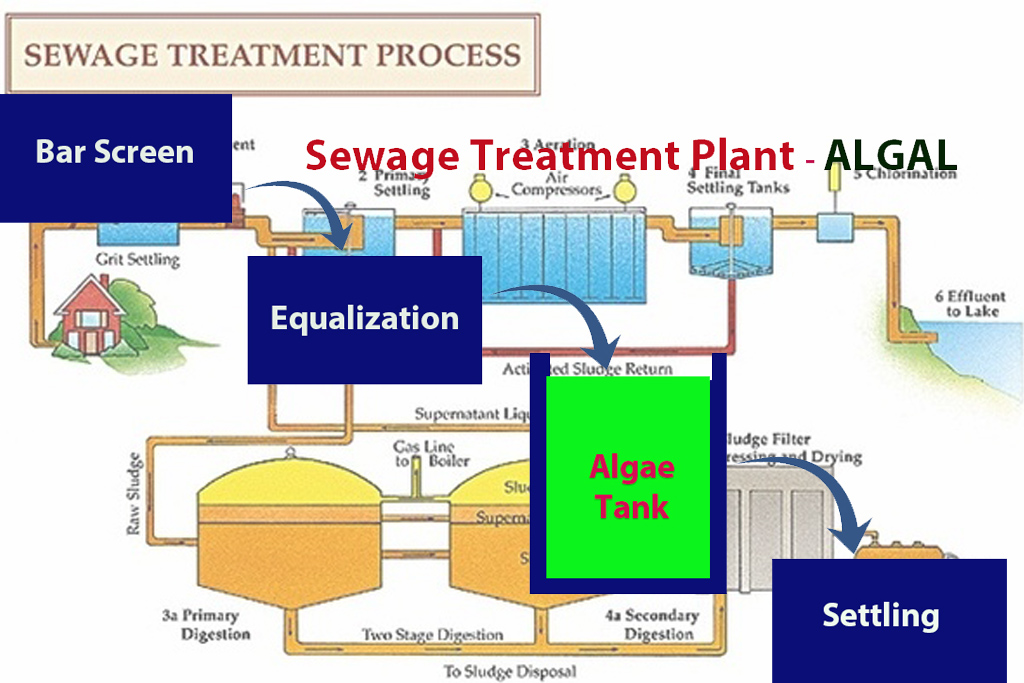
A sewage treatment plant (“STP”) has to handle the designed quantity of sewage and deliver satisfactory quality of treated water, on a consistent, sustained basis over typically 10-15 years. This requires proper design and engineering; followed by proper operation and maintenance throughout its life. There are as many variations in the design and engineering of an STP as there are permutations and combinations of Builders/ developers, architects, Utility Consultants, Vendors. Conceptually, the process is extremely simple: A small amount of microorganisms converts a large mass of polluted water into clean water. This process also produces a co-product: A vastly reduced, compact solid biomass (the excess microorganisms produced by growth and multiplication of the original population of microorganisms).
We need an STP that
Benefits of a well-run STP
The primary benefits of a well-run STP are
Parameters
Odour, BOD, COD , N and P and coliform bacteria and other harmful chemicals are to be reduced to desirable limits.
A typical STP should have the following components:
We can improve the performance of a conventional STP by intervening with micro algae at Aeration Tank
Phycospectrum Environmental Research Centre (PERC), Chennai has developed a micro algae intervention technology which works perfectly to enhance the performance of STP. Sewage treatment using micro algae has been extensively worked out by Oswald and others from 1960s (Oswald and Gotaas, 1957; Benemann et al 1980). There is a symbiotic association between micro algae and bacteria in degrading organic pollutants and further mineralization resulting in a significant reduction in the majority of critical parameters like odour, colour, total dissolved solids, biological oxygen demand, chemical oxygen demand and sludge.